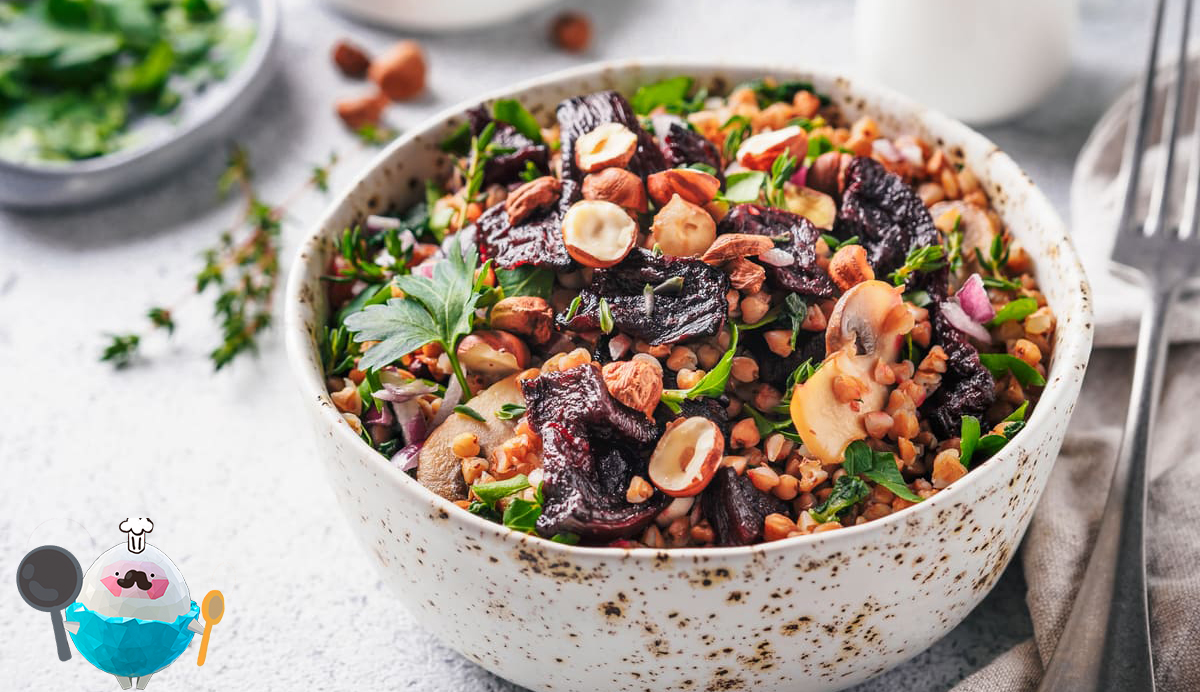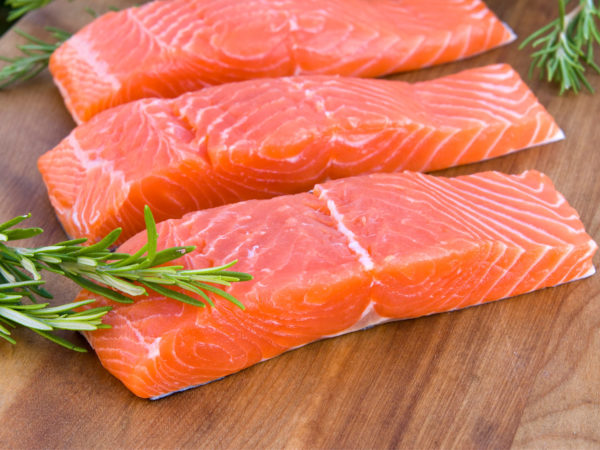The Top 5 Healthy Food Trends To Expect In 2023
The ever-shifting patterns of what people like to eat make exploring food trends for 2023 an exciting prospect. Sustainable, eco-conscious eating, foods that boost brainpower, and plenty of plants will be on the menu for all of us this coming year!
1. Economical Eats
According to data from the U.S. Department of Agriculture (USDA), while food prices won't rise at the startling pace of 2022 - up to 12 percent - they will continue to rise above the historical average rate. That means more and more people are saving money by preparing their meals at home, given that eating out costs is more than three times higher, according to The NPD Group - a market research firm.
It also means finding ways to save on grocery purchases. “A lot of people, especially people with larger families, are going to have to look for affordable options in order to stay on budget,” says Kennedy. “I definitely think people are going to be watching where they place their food dollars more closely” Inexpensive protein sources, such as tinned fish, canned beans, and legumes, may become more popular, while more expensive meats may lag.
2. More Plant-Based Options
Speaking of meat, you will likely see even less meat in the new year. A report in the journal Progressive Grocer says that 27 percent of people are choosing to eat less meat. As a result, interest in healthy alternatives is high. Sales of plant-based foods are growing three times faster than food in general, according to data released in March 2022 and reported by the Good Food Institute (GFI) (PDF).

According to the GFI, in the plant-based meat category, burgers are the most popular, but manufacturers are introducing more links to sausages and patties and chicken nuggets, tender meats, and cutlets. Plant-based seafood is a small but growing part of the market, including Konscious Foods' first frozen vegan sushi and onigiri, a brand founded by the same entrepreneur who launched the meat-free burger brand Gardein.
According to a report from Expert Market Research, you may also see many substitutes for other animal-based foods including dairy and eggs. Products like Just Egg (which was selected by the Starbucks coffee chain for testing in this year's new menu) and Zero Egg offer options for allergy sufferers and vegetarians.
3. Plants in More Places
The emphasis on plant-based eating has not only created more meat, poultry, and seafood alternative, but also inspired new ways of eating fruits and vegetables.
Packaged food manufacturers are also heeding the call to create innovative plant-based products by incorporating fruits, vegetables, and legumes into pantry staples like pasta. You can find varieties made with chickpeas, lentils, edamame, spaghetti squash, green bananas, and palm hearts in stores. These products allow people with allergies or food sensitives to enjoy pasta and tend to have more protein, fiber, and fewer carbs than traditional pasta, which means they may have less of an effect blood sugar levels.
4. Cultured Meat
With lab-grown meat, manufacturers extract cells from the animals, then grow meat from those cells. Biologically, it is like animal meat, but without the need to kill the animal. It can reduce the carbon footprint of meat consumption, as it does not produce methane as herbivores do. And, it's less likely to spread foodborne illnesses that humans can get from animals.

Foods like these could give people a chance to fight climate change, avoid antibiotics and unwanted chemicals in meat, and get more functional benefits from the foods they eat. compared to conventional foods.
5. Eco-Conscious Eating
More people are not only eating with their own health in mind, but also the health of the planet. Climate diets are on the rise as people embrace sustainability at the supermarket. In fact, in a 2022 survey by Cargill, more than half of respondents said they were more likely to buy packaged foods with sustainability claims on the label.
According to Natural Grocers, there's a newer trend that some in the industry call the "regenerative diet," which involves not only eating healthy and sustainably, but actually helping restore the ecosystem by supporting activities such as regenerative agriculture and reuse or "recycling". Parts of the food were previously removed during the manufacturing process.
Whole Foods Market, for example, has announced that it will begin selling oatmeal chocolate chip cookies made with leftover ingredients from the oat milk production process in its bakeries in the spring of 2023.
6. Mood-Boosting Foods
Interest in functional foods and beverages remains strong, and while the emphasis is on post-pandemic immunity, there is now also interest in healthy foods that help fight the virus. depression, prevent dementia, and support brain health.

Mintel's Global Food and Beverage Trends 2023 report highlight brands that are promoting the brain-boosting benefits of foods and beverages containing caffeine, magnesium, B vitamins, and zinc. Natural Grocers reports that the omega-3 fatty acids EPA and DHA are in demand because they have been shown to improve symptoms of mood disorders.
7. More Mocktails
According to My Food Data, non-alcoholic wine can have only 9 calories per glass, while light wine can have 73 calories and most wines contain about 109 to 120 calories. And limiting alcohol intake will reduce your risk of alcohol-related health problems.
8. Food for Your Gut
People are concerned about taking care of their gut health, although there are still a lot of questions surrounding which foods are best and whether supplements should be taken.
Foods that support your gut health, called probiotics, include yogurt, kefir, kimchi, sauerkraut, fermented cheese, tempeh, miso, kombucha, and pickled vegetables.
9. Seafood
Greens from the sea are another growing category, to help non-fish fans get their dose of omega-3s. You can find sea greens in both supplement form and as an ingredient in packaged foods from crackers to noodles.

10. Natural Sweeteners
People are still having a war with sugar, but now with greater awareness that artificial sweeteners are not without their own risks, more people are turning to natural sweeteners. That means more whole foods for sweet cravings and less processed foods. Natural sweeteners may include maple syrup, coconut sugar, fruit juices, honey, and monk fruit. Dates and products made from them are expected to be particularly popular.
Credit: Everydayhealth






